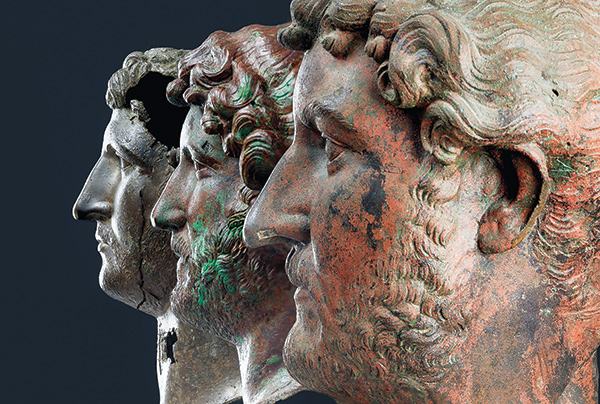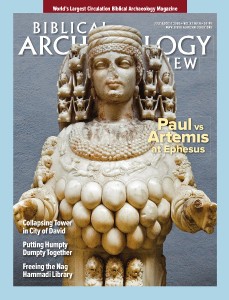
Hadrian: magnanimous ruler or harsh dictator?
The answer to this question depends on whom you ask. Many in the Roman Empire considered Publius Aelius Hadrianus, better known as Hadrian, to be a fair, just ruler who kept the peace and who built great structures. However, if you were to ask the ancient Jews, they would have described him as a cruel dictator. Hadrian is well known for crushing the Bar Kokhba Revolt, for massacring thousands of Jews, for banning the surviving Jews from Jerusalem and for turning Jerusalem into the Roman colony Aelia Capitolina.
Such treatment would naturally lead to feelings of resentment. Surprisingly, though, Hadrian is receiving a warm welcome at the Israel Museum in Jerusalem. Through June 25, 2016, three bronze portraits of Hadrian are on display in Hadrian: An Emperor Cast in Bronze. One was uncovered from the camp of the Sixth Ferrata Legion at Tel Shalem, near Beth Shean, Israel. The other two bronzes come from the collections of the Louvre and the British Museum, the latter of which was found during excavations of the new Tower of London Bridge. It seems that someone deliberately threw this bronze into the Thames River as an act of defiance.
These three bronzes are the only surviving bronze portraits of Hadrian from his lifetime, and they are displayed together side-by-side for the first time in this exhibit. Each bronze portrays him a little differently. For example, the one from Tel Shalem (middle) is the most lifelike of the three, and the one from the British Museum (far left), which may have been created in honor of Hadrian’s visit to Britain in 122 C.E., is the most youthful.
Already a library member? Log in here.
Institution user? Log in with your IP address.

